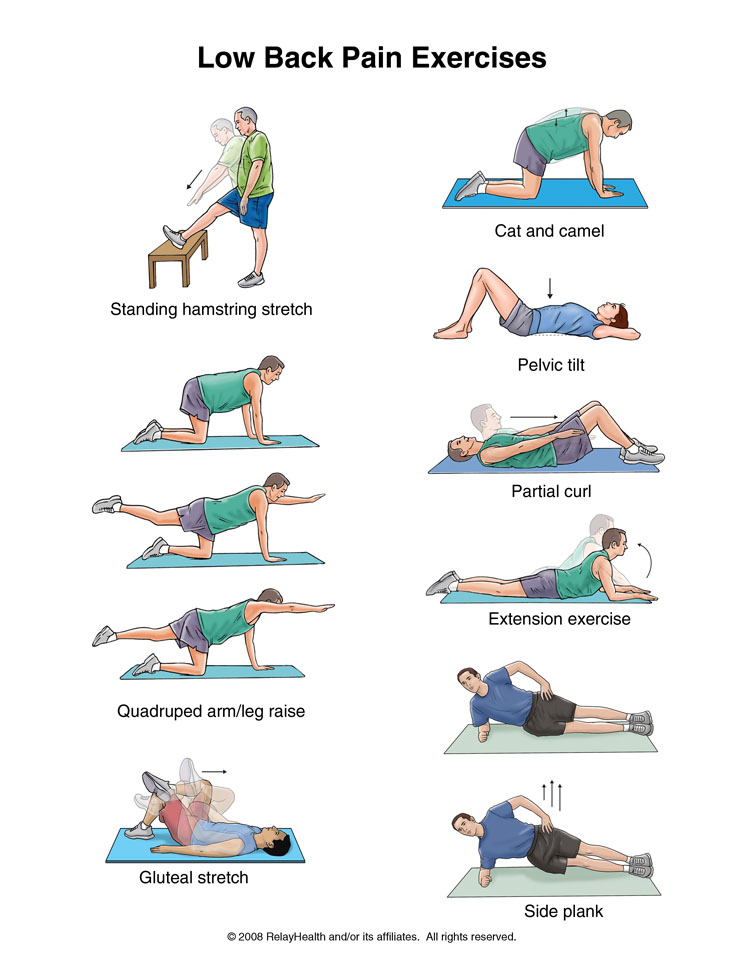Acupuncture for neuropathy relief didn't work for me but it has worked for many people and this article points out that it is a complementary therapy and is best used in conjunction with other forms of neuropathy treatment. If you're feeling frustrated because nothing else seems to work, why not try acupuncture - thousands of years of Chinese medical expertise cannot just be dismissed as 'alternative' and therefore in some way 'less valuable' and the logic behind it is hard to argue against. Recognised acupuncture and acupressure points are now widely used in various Western medicinal treatments in order to deliver targeted medication.

This article and photo are from:
http://painaction.com/
Acupuncture and acupressure for neuropathic pain: An ancient alternative
Written by: Rita Reznikova
Published: January 26, 2010
Reviewed by: Kevin Zacharoff, MD, December 2009
Neuropathic pain is a kind of chronic pain that usually results from damage to or malfunction of the nervous system. This makes it different from the usual type of pain that is a direct result of injury. Successful treatment for neuropathic pain can be difficult; often, the approach is with a combination of medications, physical and psychological methods, and complementary and alternative practices. This article will focus on acupuncture and acupressure.
What you need to know
Acupuncture and acupressure are ancient Chinese medical treatments.
These techniques may complement (be used with) other medical treatments for neuropathic pain.
Researchers believe that acupuncture and acupressure work on “pressure points” throughout the body, in order to improve the flow of energy.
Acupuncture and acupressure are used to treat many different medical problems, including neuropathic pain. If you’ve ever thought about trying them, you are not alone: According to the 2007 National Health Interview Survey, 3.1 million Americans said that they had visited an acupuncturist in the previous year.
Always talk with your health care provider before starting any complementary treatments: You need to make sure that these treatments won’t conflict with your other care, and that there are no medical reasons to avoid using them.
What is acupuncture?
Acupuncture is an ancient Chinese tradition that dates back thousands of years. In Chinese belief, an energy called qi (“chee”) runs throughout the body. When something blocks or slows down the flow of qi, a person may feel pain. An acupuncturist treats this pain by placing thin needles at special points on the body, to make sure that the flow of qi is clear.
Acupressure is a similar type of treatment, but instead of needles, hand pressure is applied to these same points of the body to increase the energy flow.
How do acupuncture and acupressure feel?
You probably know that acupuncture uses needles, and the thought of someone inserting many thin needles into your skin might be scary. While some people may feel a slight twinge when acupuncture needles are placed, many do not. That’s because acupuncture needles are almost as thin as a piece of thread that’s used for sewing; they are much thinner than regular medical needles. In fact, you may feel so deeply relaxed after the needles are placed that you might even fall asleep during the treatment.
Acupressure, on the other hand, feels more like a deep tissue massage. The therapist’s hands press down on certain muscle areas of your body, called trigger points. The goal of the treatment is to create an all-around feeling of relaxation in that area.
How can acupuncture or acupressure help neuropathic pain?
Both acupuncture and acupressure target specific places called pressure points on your body.
Acupuncture, in Chinese tradition, is viewed in the context of the body’s overall energy flow. In order to relieve your pain, an acupuncturist may place needles near the areas where you hurt, as well as in other parts of your body. This may reduce pain by unblocking your flow of energy. In Western medicine, though, experts aren’t looking at “energy flow”; they feel that the placement of acupuncture needles helps to stimulate the nerves and surrounding tissues; this supposedly helps to change the way that the brain understands neuropathic pain signals.
Acupressure has a different approach. An acupressure therapist relaxes pained muscles by pressing directly on your body’s trigger points. This pressure may help to relieve the tingling, burning, or “prickly” feelings in the body that are associated with neuropathic pain. It may also help with other symptoms, like dull pain or stiffness.
There is some evidence that both acupuncture and acupressure may release a type of molecule called opioid peptides in your brain. These molecules have a pain-relieving effect, almost like ‘natural narcotics.’ Other studies even show that acupuncture and acupressure may help your immune system.
While some researchers believe that these treatments may be helpful, other experts aren’t so sure. Providers may use a mix of acupuncture or acupressure techniques, so these therapies may be better for some types of pain than others. Talk to your health care provider to see which treatment might be right for you.
The National Center for Complementary and Alternative Medicine (NCCAM), a division of the National Institutes of Health, is currently helping with a number of studies about the use of acupuncture and acupressure for different types of conditions.
Risks
While experts don’t fully know how acupuncture and acupressure work, these treatments can still be safe and effective for neuropathic pain when they’re done by licensed therapists. Side effects are rare, although they can occur in certain situations: For example, there may be problems if acupuncture needles are not sterile, or if your pain actually worsens as a result of acupuncture or acupressure treatment.
If you decide to try one of these therapies, always speak first with your health care provider. Your provider may also have suggestions on how to find a skilled professional in your area.







